Detailed introduction of 1 Decembrie 1918 University of Alba Iulia:
Introduction and Overview
School name: 1 Decembrie 1918 University of Alba Iulia, referred to as UAB, is located in Alba Iulia, a city in central Romania with a long history and rich cultural heritage.
Student size: 4,619 students, including 279 international students.
History and establishment time
The school was established in 1991 and its name comes from the day of unification of Transylvania and Romania on December 1, 1918.
School strength
Faculty: There are 229 faculty members in total.
Courses: Bachelor, Master and Doctoral degree programs are offered in history and linguistics, economic sciences, science and engineering, law and social sciences, Orthodox theology and other fields.
Nature of the institution
A public higher education and research institution, it is a national institution in Romania, incorporated into the national higher education system, and operates in accordance with the Romanian Constitution, Education Law, University Charter and its own regulations.
Educational philosophy
Committed to developing an academic community, enhancing the value of the region's archaeological, social, economic and cultural heritage, creating, preserving and disseminating knowledge, enhancing academic excellence, and developing students' skills and abilities by promoting a culture of values, ethics, inquiry, research and lifelong learning.
Focus on the quality of students and their education and vocational training, advocate harmonious, innovative and professional relationships between participants in the educational process, and pursue values such as equality, diversity, sustainability, social responsibility, openness, transparency and fairness.
Key laboratories and disciplines
Key disciplines: Archaeology and history are the school's advantageous disciplines. Its Department of Archaeology and History is the only center of its kind in Romania, with experts in archaeological auxiliary sciences and modern research laboratories and equipment. In addition, disciplines such as economic sciences and Orthodox theology also have certain characteristics and strengths.
Key laboratories: In addition to the laboratories of the Department of Archaeology and History, the school also has relevant laboratories in fields such as science and engineering, but the specific details have not yet been made public.
Faculty
The university has five main faculties, namely the Faculty of History and Literature, the Faculty of Economic Sciences, the Faculty of Science and Engineering, the Faculty of Law and Social Sciences, and the Orthodox Theological Seminary, each of which is divided into several departments.
Ranking
Ranked in the 301-350 range in the QS Emerging Europe and Central Asia ranking (2022), and ranked 103rd in the Eastern Europe region in the 2024 European University Rankings.
Expenses
Tuition fees for Romanian students are 410 euros per year, and tuition fees for international students are 1,980 euros per year.
Campus Environment
Campus facilities: It has modern teaching facilities and scientific research equipment, including laboratories, libraries, computer centers, etc., which provide students with good learning and research conditions.
Surrounding environment: Alba Iulia is a city with a long history and rich culture. There are many historical monuments and cultural attractions, such as churches built in the 13th century, libraries in the 18th century, and the Unified Museum, which provide students with rich cultural experiences and extracurricular learning opportunities.
-

Grigore T. Popa University of Medicine and Pharmacy
-
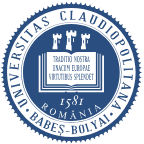
Babes-Bolyai University
-
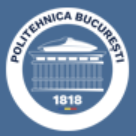
Politehnica University of Bucharest
-

University of Bucharest
-
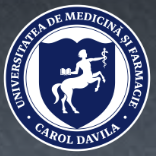
Carol Davila University of Medicine and Pharmacy
-
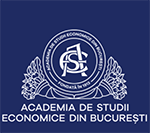
Bucharest Academy of Economic Studies
-

Technical University of Cluj-Napoca
-

1st December 1918 University of Alba Iulia
-

West University of Timisoara
-
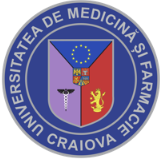
University of Medicine and Pharmacy of Craiova
-

Mesoamerican University
-

Istmo University
-

Mariano Galvez University of Guatemala
-

Regional University of Guatemala
-

Galileo University
-

Francisco Marroquín University
-

Rafael Landívar University
-

University of the Valley of Guatemala
-

University of San Carlos of Guatemala
-

Technological Institute of Tlaxcala Plateau
-

Golfo University
-

Technological University of South Sonora
-

Technological University of Huejotzingo
-

Tizimín Institute of Technology
-

Chilpancingo Institute of Technology
